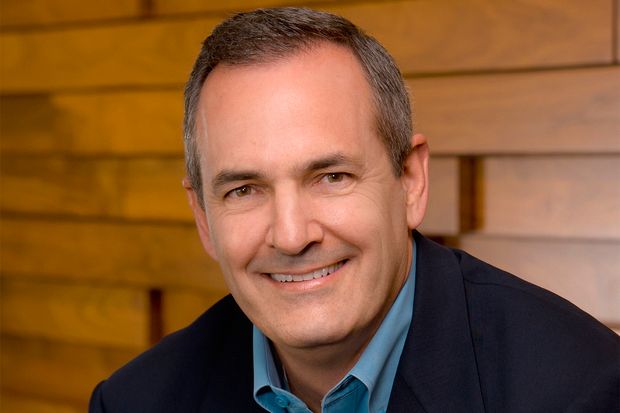Or listen in your favorite podcast app
Apple Podcasts / Google Podcasts / Stitcher
For a guy who got into tech accidentally, Bob Worrall has had a ton of success throughout his career. Bob cut his teeth working at Sun Microsystems, and today he serves as the SVP and Chief Information Officer at Juniper Networks. With Juniper, Bob helped lead a shift to a cloud-only system and on this episode of IT Visionaries, he discusses the ups and downs of that seven-year process. Plus, he talks about the role of innovation at Juniper and the way in which the industry has changed throughout his career.
Best Advice: “Think externally. Externally, meaning the business. Don’t worry about the network, don’t worry about the servers. You’ve got smart people to go handle that deal. Spend your time with the business.”
Key Takeaways:
- When moving to the cloud, many companies get stuck on obstacles and wind up with a hybrid-cloud system
- Working in a cloud-only system allows for more innovation
- The changing landscape of how IT is handled has created a more energized workforce
Working at Juniper
Bob says that he has a very traditional set of responsibilities as the CIO, which means he is in charge of corporate support, services, hardware like laptops and cybersecurity. One thing that is different, though, is that there is a distinct line between Bob’s role and the role of the engineering department. However, they still work together. At Juniper, they work under the philosophy that Juniper is customer one, so they release products very early and Bob and his team will use them and report back to engineering how the experience went.
Working at Juniper, Bob also gets to be a part of a cloud-only environment, which he foresaw as the future back when he was working at Sun Microsystems more than 20 years ago. It took Juniper seven years to achieve its cloud-only system, but today it is company policy and there are no data centers left, so running things on-prem is no longer an option. Along the way, there were numerous obstacles, but the board and the C-suite insisted on not settling for a hybrid cloud situation.
“We intentionally try to act as customer number one, so we deploy products very early. I provide a lot of product feedback to engineering in hopes that it leads to better products or maybe debugs early products.”
“In the early years of that transformation, we dealt with easy things upfront and we started to parse through the things that were more challenging. And the bulk of those had to do with the fact that we ran into applications that had been here running for 20 years….We had to go through literally thousands of cases. And so as you do that over the course of years, you start to narrow the problem set until you finally end up with that pile of stuff in your garage, which is okay, no one’s claiming ownership. It looks really valuable or important. Can’t figure out what it is. I got two choices. I’m either just going to throw it away or stick it in a box and move it to my next house and deal with it later. And the final leg of the transformation was frankly getting up the courage to just throw it away.”
Innovation in a cloud-only system
According to Bob, working in a cloud-only system is a freeing experience for developers and allows for more innovation.
“When you take off the handcuffs of only being able to develop a Java application or only being able to develop an application that will talk to Oracle, you take off those handcuffs and say, ‘Go find the best solution first and then let’s figure out how it plays in our cloud-first strategy.’ It absolutely drives a sense of innovation or a sense of freedom for people to go innovate more. And we’ve seen that firsthand.”
How the industry and the role of CIO has changed
While Bob says that many things have remained constant, there has been a larger shift in terms of both digitization and security. When Bob first started, cybersecurity was a very minor part of his job. Today, it is a majority of what he focuses on because the threats have become so pervasive. And, obviously, the move to the cloud has created a completely new environment in which to work, which has been a move that organizations and individuals have needed to adjust to. And, finally, one other big change Bob has noticed is the energy people are bringing into the tech and IT worlds.
“The vast majority of my time is centered around cybersecurity and what’s going on in the world. That has forced me to not reinvent myself, but stay very focused in terms of educating myself about what’s going on.”




